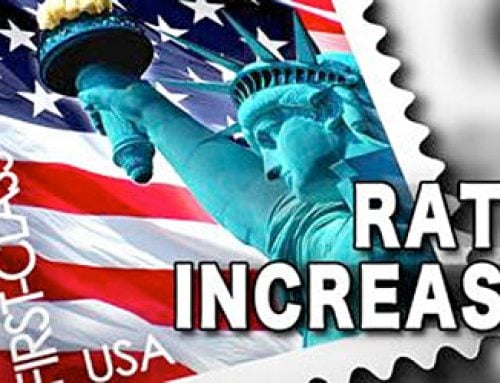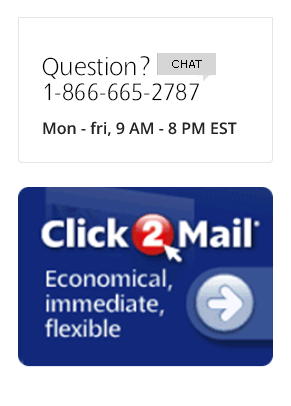Pop quiz: Which is better, a neatly designed postcard with plenty of whitespace, concise text, and easy-to-read font, or a postcard with lots of graphics, complicated vocabulary, and hard-to-read font? If you guessed the neat and easy-to-read postcard, you’re in good company; that’s what most people guess. But you’re also wrong, according to research by Elise Chandon Ince, who shows that “sellers can sometimes benefit by making information hard to read or process.” **
According to Ince, it works like this: When information is harder to process — because of complex vocabulary, small font size, hard-to-read color, etc. – it causes the reader to think more highly of the ability of the person or company whose service is being advertised, and more likely to hire them. It’s the same rationale companies use when they make access to their products more difficult — think, for example, of the lines that snake around the block when the newest smartphone is introduced. Consumers could easily wait and buy it the next day, but instead they camp out on the sidewalk. “What a pain!” some of us might say — but it works, nevertheless.
Is hard-to-read mail the best way to go every time? Of course not. Alongside Ince’s research on the benefits of the complex, there is also plenty of research showing that simpler is better. What Ince’s research proves is that you won’t know what works best for your prospects until you know — which means testing different mailers against each other.
How to test your direct mail
Whether you are a first time mailer or a mailing pro, testing is – as marketing great David Ogilvy would say – “The name of the game.” If you are sending 100 mailers, test. If you are sending 10,000 mailers, test. The best bet is the split test (also referred to as the A/B test) because it helps you isolate the most effective components of your direct mail.
First, take your current mailer — that’s your “A”. Now change just one component of the mailer, and that new version becomes your “B”. Here are the components you might change:
1. Headline – One of, if not the most important elements in direct mail. Changing the headline can dramatically change response rate, so this is one of your best bets for testing.
2. P.S. – The headline and P.S. are often the only elements of a mailer that the recipient will read; in other words, they matter. So it’s another prime candidate for testing.
3. The offer – You might change the offer altogether; for example, change a 10% discount to a free add-on; or you might change how you position it – 50% off becomes BOGO
4. Format – Reply postcard or jumbo postcard? Flyer self-mailer or letter?
5. Call to action – What are you asking the recipient to do? Mail in the response card? Visit your website? Call?
Once you have your two mailers, the second step is to take a random sub-sample of your mailing list and split it into two. One version of your mailer will go to the first half of the list and the other version will go to the second half. Whichever version gets the best response is the version that wins and the one you’ll roll out to your full mailing list.
When it comes to direct mail marketing, question everything until you’ve tested. There is no better way to understand what works best for your business, your audience, and the current market. Need help designing an A/B test? We’re here for you. Contact us 24/7 at Click2Mail.com or Mon-Fri, 9am-8pm EST at 866-665-2787.





